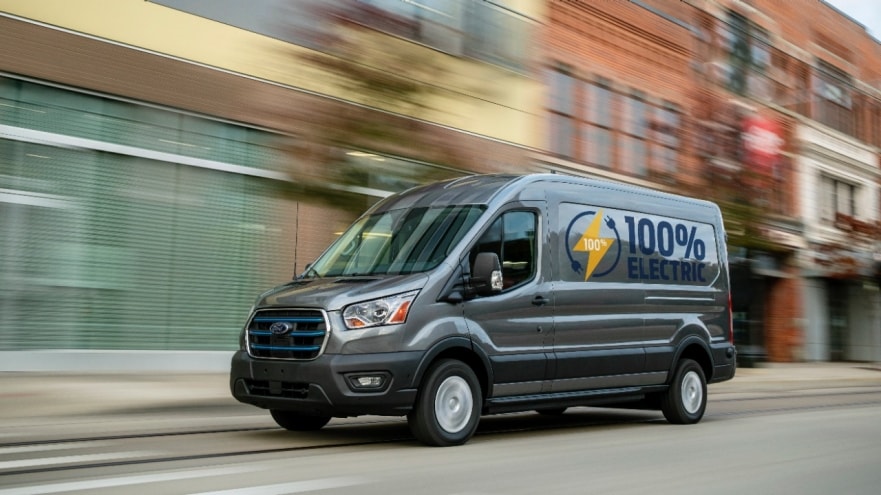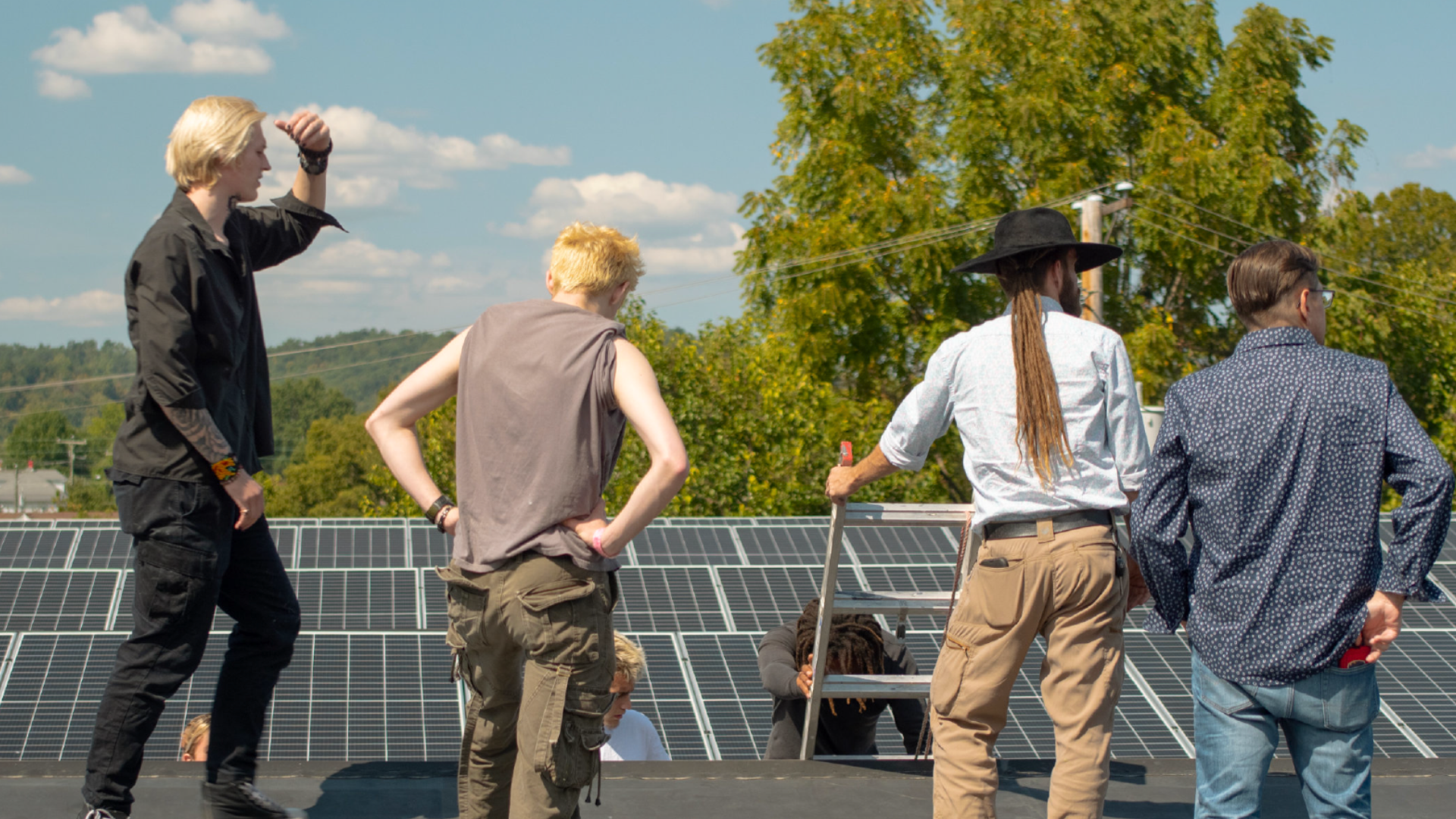The Great Lakes are the largest water surface on earth, their vast blue sheets unmistakable from space and visible from as far as the moon. Roughly 10% of the U.S. population lives in the Great Lakes region, and key economic development efforts are increasingly focused on the Lakes, and water protection in general, to meet environmental and employment objectives.
In fact, in the city of Cleveland—dead center of the Great Lakes area—the Clean Water Alliance (CWA) is part of a major economic initiative aimed at establishing the region as a global leader in the development of new water-related businesses, a potential major generator of employment.

According to recent data collected by the CWA, in Greater Cleveland alone, there are roughly 300 businesses and organizations involved with the water industry, employing about 16,000 people. And, according to Brian Stubbs, executive director of the CWA, jobs growth in the water sector is notable.
“We’re adding about 300 net new jobs annually, with (annual) salaries ranging from $62,000 to $109,000. And they do not all require advanced education. We have people with associate degrees all the way up to Ph.D.s,” Stubbs said at the launch of the initiative this fall.
This Great Lakes focus on water-related economic growth exemplifies the potential of the overall environmental industry, whose size and importance dwarfs many other industries long viewed with awe. The sector generated $650 billion in revenue last year—which is 25% more than Walmart, twice the size of the mining industry or Exxon Mobil, and two-and-a-half times the size of Apple, according to data provided to WorkingNation by Management Information Services (MISI), an analytics firm specializing in the environmental industry.
Further, according to MISI, prior to the COVID-19 pandemic economic shock, the industry was already employing about 8 million people, equivalent to nearly half of all retail industry jobs.
Infrastructure, Skilled Trades, and Tech Jobs
This scale makes the environmental industry not only exciting but essential, all the more because it employs workers across all skill sets—plumbers to programmers, sheet metal welders to materials scientists. Often, we do not appreciate the environmental element involved in a given job.
For example, we may see workers repaving roads and not realize that work may have an environmental twist—new paving materials may have to be used to make roads more resilient to extreme weather fluctuations and short burst “rain bomb” storms that can overwhelm roadways, especially if drainage is not updated, another essential service needing labor. Case in point, in New York State, $151 million was being invested specifically to renew roads severely affected by extreme weather events.
Digital technology too is integral to the environmental industry, if also outside the limelight, notably in ever more sensitive smart water technologies meters that can help reduce water waste, and track water quality, used at widely ranging scale.

According to Crain’s Cleveland Business, the Clean Water Alliance includes “companies that make sensors used by municipal water systems to assure quality water supplies, to suppliers of plumbing fixtures and parts…such as Kinetico, Moen, and Oatey that, respectively, make water softening and filtration systems, residential plumbing fixtures, and offer plumbing supplies to professionals and do-it-yourselfers.”
And, of course, these products require manufacturing, marketing, sales, delivery, and customer service—a range of jobs.
The Green Jobs Movement
Many employment unknowns lurk. 10.7 million people remain unemployed with an additional roughly 7 million people not in the work force who are not looking for work, in November, according to the Bureau of Labor Statistics report. But there are signs of increasing environmental focus across familiar sectors that are generating new employment.

For example, to expand its product line that does not use fossil-fuel based gasoline, the Ford Motor Company has announced it will be investing $100 million in its Kansas City Assembly Plant, adding about 150 full-time jobs to produce an all-electric van. This is part of an overall $11 billion investment in electrification of its product line through 2022, which will add or retain jobs in other Ford plants, including the legendary Rouge plant in Dearborn where automated automobile production first began.
Also, beyond innovation in manufacturing, meeting environmental imperatives is integral to addressing America’s infrastructure needs. All around the nation, water systems, roads, bridges and public spaces are crumbling from age and neglect of maintenance, but they also need to be upgraded to become more resilient to the march of climate change and the extreme weather that it can cause, such as rising sea level, wild storms, and flooding.
For example, according to CDP Matchmaker which tracks proposed infrastructure upgrades around the nation, 92 cities around the country seek funding for about 300 climate-related infrastructure projects valued at $$26.4 billion, ranging from the multi-billion major Embarcadero Seawall renewal project in San Francisco, to smaller flood and mitigation projects needed valued at $23 million in Gretna, Louisiana—all involving likely countless jobs in the planning, design and build-out. Worldwide, according to Matchmaker, to date there are 1,200 listed projects pending, representing potential investment of $96 billion.
Creating Solutions
In the U.S., various bills have been introduced in the Congress integrating infrastructure spending to the next tranche of post-COVID stimulus spending, and including environmental preparedness would be a double benefit.
As observed by McKinsey and Company research in the fall report Voices of Infrastructure, “Infrastructure is on the front lines of challenges associated with physical climate risks—and it is also on the front lines of creating solutions. Many have viewed sustainable, low-carbon, resilient infrastructure as too costly, but when faced with the realities of climate change, it is clear that the investment is not only justified, but necessary.”
Concerning renewable energy, the incoming Biden Administration has also announced an ambitious goal of achieving “net zero” greenhouse gas emissions from the US power sector by 2035 and significant investment in building upgrades, efforts which can generate significant employment. In fact, prior to the economic slowdown of COVID-19, the renewable energy sector alone had been employing roughly 3 million workers, and growing each month. Restored focus on transition to cleaner energy can restore that employment gain.
Given the uncertainties ahead, a coherent national approach to all aspects of environmental health would accelerate solutions and maximize jobs creation potential. Perhaps even a national Jobs and Environment Act is called for to proactively link the two, on the scale of the national effort to build the interstate highway system?
And such an effort is likely to generate significant economic activity. In fact, Mark Carney, former Governor of the Bank of England now spearheading an effort for the UN to deepen private sector investment in climate change, has said that the business imperative to reach “net zero” greenhouse gas emissions “could become the greatest commercial opportunity of our time”.
The Focus is Local
Mike Foley, who directs the Cuyahoga County Department of Sustainability, is a former Ohio state legislator who has long understood the pivotal role of jobs creation in public policy. In addition to his work with the Great Lakes initiative, he oversees programs to expand the County’s renewable energy capacity, including adding more solar power installations.
In an interview with WorkingNation, Foley explains how he tries hard to buy as many solar panels as possible made in his own home state by local workers at the First Solar factory in Toledo, Ohio. Foley also noted projects to expand tree cover in Cleveland, also employing local people, to offset extreme heat, retain water and improve livability.
He says, “We have a jobs focus in all our work…but we have lived with fiscal austerity at the local level for so long, it would be great to have a partner in the Federal government again, with a clear message and goals.”
And Foley adds, “it’s time to invest in tangible things like solar energy and soil erosion control, progress people can see.”

Paula DiPerna is a special advisor to CDP, a nonprofit that runs the global disclosure system for investors, companies, cities, states and regions to manage their environmental impacts.











